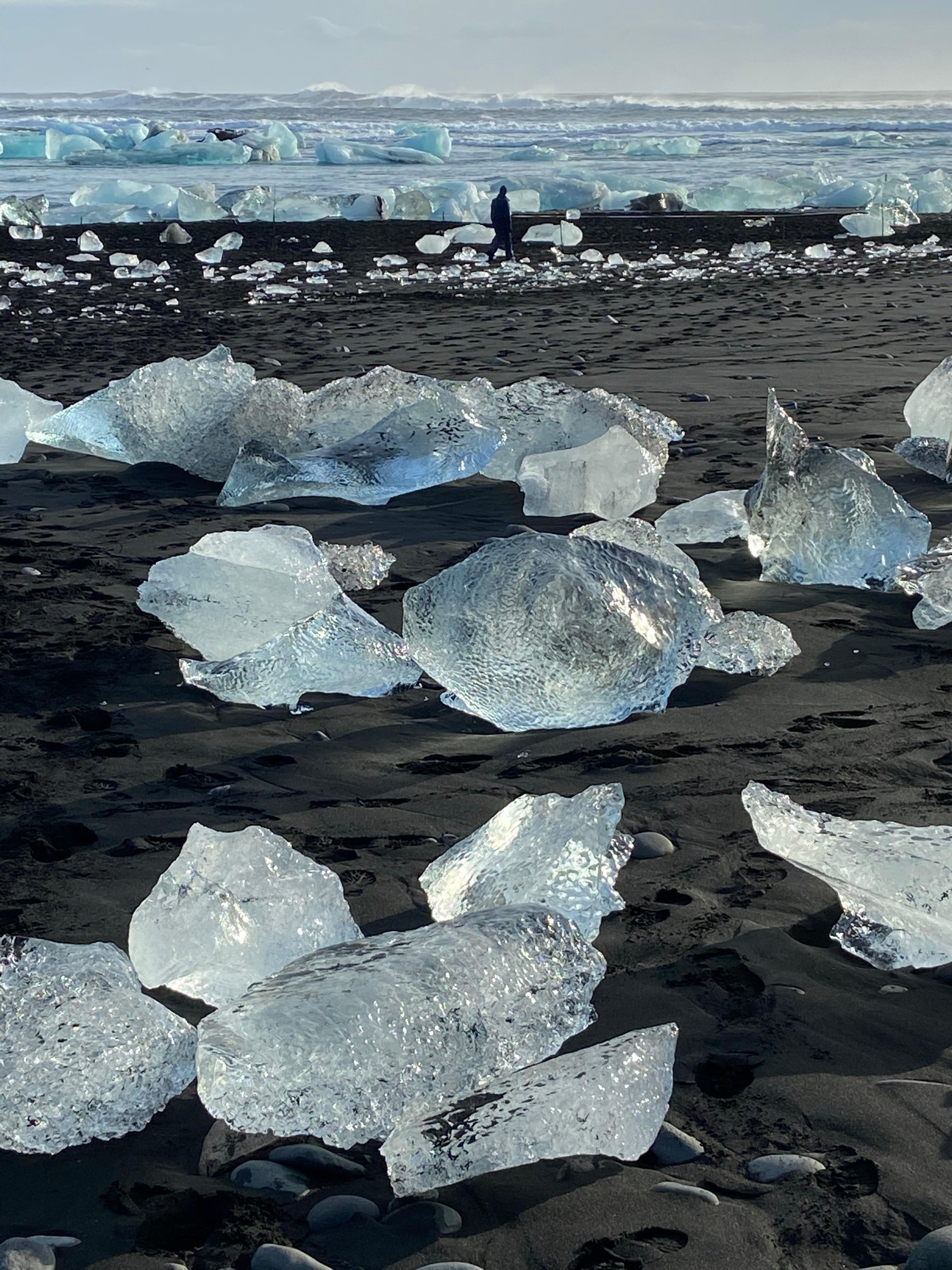Ruby Accumulating 101 - What Is Industrial Diamonds?

Diamonds have actually long been wished for, considered a purer type of gemstone, more lovely as well as rare than any type of various other. No surprise that ruby jewellery continues to be one of one of the most popular pieces of great jewellery, and also continues to be the most preferred rock utilized for engagement rings, wedding event bands, and necklaces. Diamonds also take place normally in 3 forms of deposits: outcrops, crushed rocks, as well as tuffs.
The Kimberly diamond (which happens in South Africa), is developed by breaches of magma into the Planet's crust, supplying rubies and other stones as well as minerals to the surface. Because diamonds are formed in nature, they are identified as minerals. There are 5 various categories, each based on the percentage of original carbon that is found within the rocks. They are lab grown diamonds such as; liquid diamonds (diamonds without environment-friendly product in them); chromite rubies (diamonds with a red appearance); mottled rubies (stones that have a nearly yellow look to them); citrine diamonds (purplish-red rocks that have a nearly blue tint to them); as well as amethyst rubies (purplish-red with a pink appearance).
Each classification has a variety of subcategories that can be more separated right into features such as cut, shade, clarity, shape, weight, as well as carat. In nature, diamonds are reasonably simple to locate, which has made them an exceptionally popular option for business jewelry. However, when you take them right into a laboratory and look them over under a microscope, the results can be fairly unexpected. As it ends up, diamonds have a variety of internal characteristics that enable them to reflect different colors, have differing levels of clarity, fluorescence, fire, and solidity.
The diamond is, simply put, a highly made complex rock. To assist you figure out the attributes of your ruby more plainly, here is a quick review of all the various ruby qualities. Rubies are mainly made up of carbon atoms, which are in a highly intricate plan. Each of the carbon atoms has a valence, or "sphere" of electrons, which is part of the framework of the carbon. All the carbon atoms require to be in their particular placements in order for a ruby to form; which means that all the different placements as well as number of carbon atoms can add to the certain characteristics of the ruby.
In other words, every ruby has an unique "finger print" of itself that is distinctly different from every various other diamond. In order to know more about the unique high qualities of the ruby, right here is a list of points that impact the ruby's solidity. One of the most vital variable is how many carbon atoms exist in each crystal structure, which impacts the diamond's firmness. Other elements consist of; the amount of surface of the ruby, which can give the ruby a softer feeling when held, along with the amount of interior problem within the diamond, which can create bumps and also divots in the harsh surface area of the diamond, which is what offers it its solidity.
One of the most significant consider ruby's firmness, however, is its chemical make-up, which establishes its shade, density, appeal, cut, carat, as well as hardness. One important function of industrial rubies, which is utilized in industrial applications, is its longevity. Diamonds don't smash like traditional rocks, so crushing them doesn't leave dents in their surface area. Nevertheless, they do scratch like various other minerals, which is why diamond abrasives are needed to maintain their firmness.
Ruby abrasives function by rubbing away little particles of pollutant externally of the ruby, which triggers the little fragments to break off and end up being small grains. These beads then incorporate with each other to develop larger aggregate frameworks, which collectively develop larger crystals and enhance the firmness of the ruby. Actually, these ruby grains are what give rubies their toughness and also resilience, which is what makes using ruby abrasives important to the top quality of commercial diamonds.
For more information about this, visit: https://www.dictionary.com/browse/industrial-diamond?s=t.
